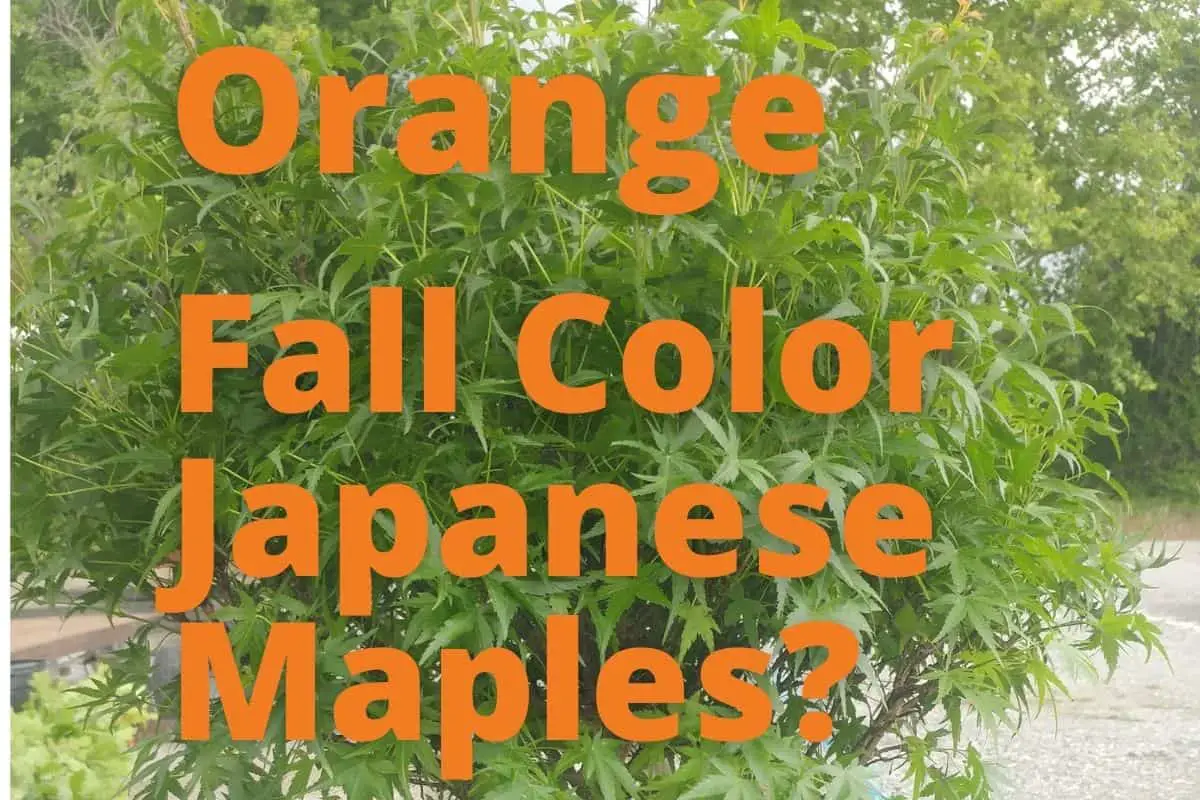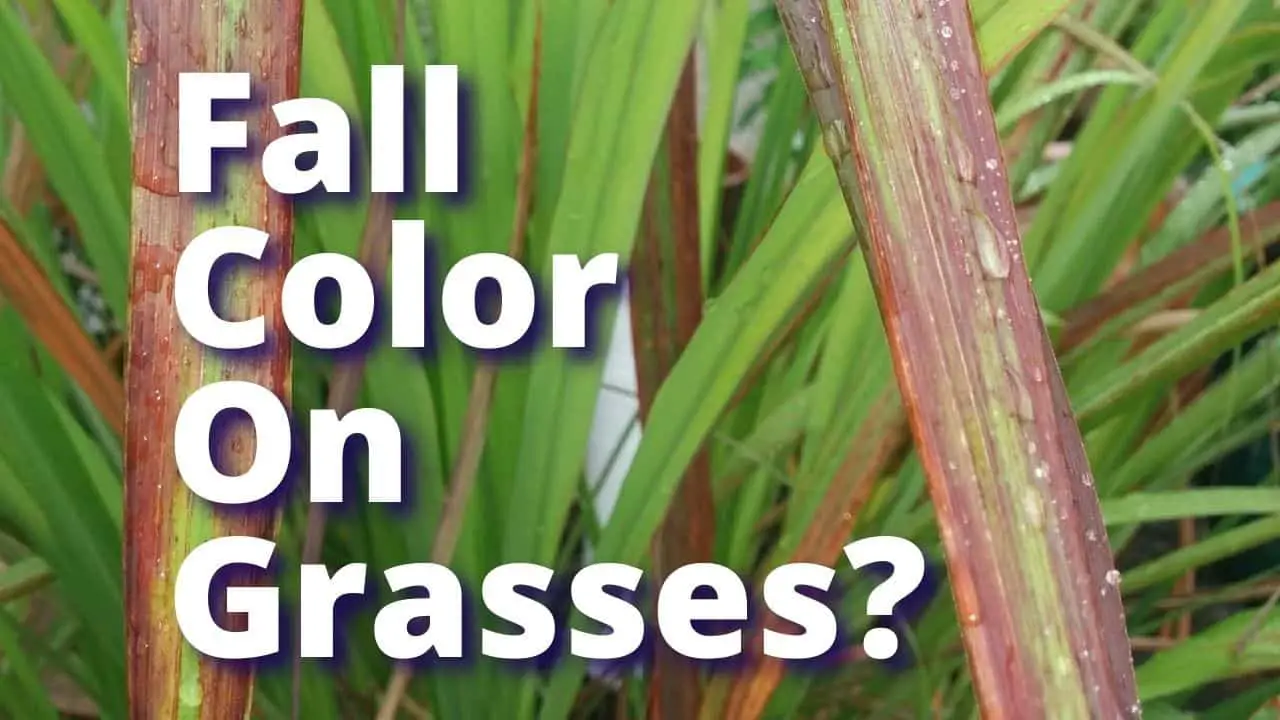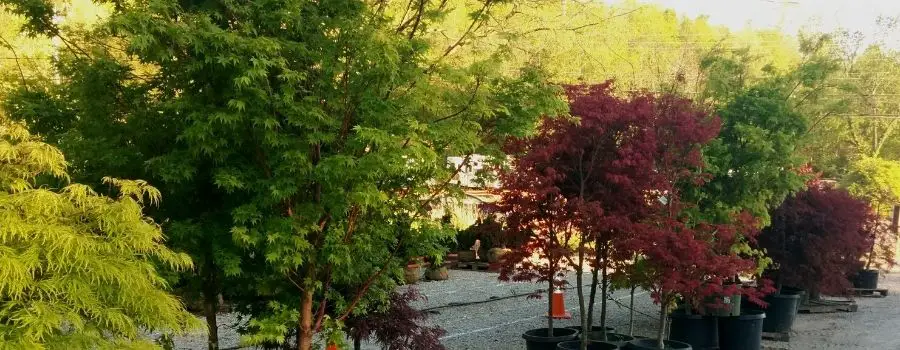Why is my evergreen turning yellow? Why is my arborvitae dropping needles? Every late summer/ early fall I get, without fail, this question. Every week, several times a week. It can be alarming to see the tree you so lovingly planted start to turn yellow and you want to fix the problem before it goes beyond the point of no return. I am glad to get the question, much better than the “My tree is brown….”
All evergreen trees, including pine, spruce, arborvitae, laurel, and boxwood, drop 1 year worth of needles or leaves every year. This usually happens in late summer or early fall, during the same time deciduous trees are dropping their leaves. This is a normal process of shedding the least productive needles or leaves.
Evergreen is simply a title that means that your tree does not drop all of its leaves every year. These trees will live for decades, but each individual leaf or needle does not live for decades. Depending on the species, usually, evergreens will drop leaves or needles that are either 3,4, or 5 years old, every fall.
When a plant shuts down evergreen foliage, the foliage will turn yellow then brown (and drops off) as the chlorophyll stops coloring it green. This can be the regular dropping of older foliage or it can be stress bringing on leaf (needle) drop. The same holds true for all of the evergreens. Arborvitae, spruce, juniper, magnolia, boxwood, laurel. Needled and broadleaf evergreens.
To determine if your tree is simply following a normal, natural process, or if it is stressed and needs help, there are several questions that need to be asked.
- What type of tree?
- When was the tree (or shrub) planted? How long ago?
- How old is the tree, or how tall?
- What time of year did you first notice yellowing?
- What type of soil is the tree planted in
- Where is yellowing? The outer edge of trees? Inner area near trunk? One side or branch only, or around all sides evenly?
- Has any construction, soil compaction, movement, or construction taken place close to the canopy?
- Has water flow changed in the area? Your neighbor paved yard, diverting more/less water flow near the tree? House gutter drains?
Let’s take a closer look at these questions:
Was it planted a month ago? This year? Been there over 2 years? Five years? Not Sure?
If this was planted this year, and it is not autumn, is most likely to be water stress. Either too much water, or too little.
Too much is easy to spot, go over to the tree and touch the soil, is it damp even though the irrigation has not been on for a couple of hours? Been getting a lot of rain, every day or so, for over a week, with clay soil? Too wet.
Find out why:
- check the irrigation timing schedule, turn off irrigation to this area and let it dry down, when turning the irrigation back on – slow it down
- check for leaks in your irrigation, pooling water, water bubbling to the surface, etc.
- if the area has not drained in a few days after stopping the irrigation (without significant rainfall either), re check for irrigation leaks, investigate possible other sources of water, does this area not drain properly? You may need to dug up the tree, install drainage system or raise the planting bed.
Touch the soil a couple of hours after irrigation and completely dry? No rain for a while? Quickly draining soil? Most likely too dry.
Find out why:
- Test your irrigation to see if working properly.
- When watering, be sure you are watering deeply, not just a little bit, for a short time daily. Questions? Click here to read more in-depth about how to water, and how to test if you are watering enough here. Check it out!
How old is the tree, or how tall?
The older, or larger the tree, when transplanting into another area, the more careful you need to be with watering so as to minimize needle drop the first few years. Something to watch for, yellowing and dropping from the inside (closer to the trunk) is normal for the growth cycle, however, if a tree is stressed, it will drop more than one year’s leaves/needles than the oldest. What I want you to know is, don’t panic just because you see yellow, but do look further to see if there is stress you need to relive before you lose the whole tree. Just like if you are losing weight, that is normal and natural (yippie), but losing weight can also be a symptom of many medical problems. Don’t err on the side of being too worried or the flip side of ignoring a symptom. Balance.
What time of year did you first notice yellowing?
Most of the time, yellowing needles or leaves on evergreens are noticed in the late summer, early fall. Don’t worry if you didn’t notice in past years, you may have just missed it. Most often I get this question when people have moved to a different (new to them) property, or installed new landscaping. It may be completely normal and natural. This does happen every fall. If it was a particularly difficult growing season, the tree may drop needles or leaves a little earlier than others nearby.
What type of soil is the tree planted in?
Is your soil clay? Very sandy? Poor drainage, stays damp after raining? Depending on the native tenancies of your particular site, be aware and watch. Does your site tend to stay moist? Make sure that your soil needs water before you irrigate. Do not set your irrigation automatically and leave. Check first to see if water is needed. Checking the first few weeks will show you, click here to go to an article that goes in-depth about watering, and how to check your soil to determine how to irrigate (yes the larger article is about boxwoods, but it goes in-depth about irrigation and how exactly to determine how much and how often to irrigate your new planting.)
Where is the yellowing? The outer edge of trees? The inner area near the trunk? One side of your tree or bush, one branch only, or around all sides evenly?
Natural annual yellowing will happen evenly all around the inside, closer to the trunk of the tree. If it is the outer edge, on one side, or only one branch, then something else is going on and needs investigation.
Has any construction, soil compaction, movement, or construction taken place close to the canopy? (Usually a consideration for established trees, more so than newly planted trees)
The canopy is the reach of the leaves/needles. If you have a columnar tree such as an emerald green arborvitae that is shaped like a narrow column, then the roots will extend much, much farther than the canopy when established. If your tree has been established and growing for many years, expect the roots to be at least as far away from the trunk out, as it is tall. If this is the case, construction and or compaction has happened near the canopy, you have just smothered your tree, and it is struggling for survival. Not much you can do at this point, except spray with WiltPruf (click here to pick some up, and that means asap), to conserve water loss while the tree tries to regrow roots in more hospitable areas. Then, note to self, don’t do that. Don’t compact the soil around trees’ root zones unless you are willing to risk losing those trees.
Has water flow changed in the area? Your neighbor paved yard, diverting more/less water flow near the tree, house gutter drains????
If water flow has changed, and again I am speaking to those of you that have established trees, then the irrigation schedule might need altering for your tree. Go back to checking to see if the soil is staying too wet, or if not getting enough water.
Related Questions:
Can a brown evergreen come back?
Once an evergreen’s needles turn brown, those needles are dead and will be shed. The tree is not necessarily dead. However, If all the needles/ leaves turn brown, the prognosis is not good. To know if there is a chance, scrape the limb or truck. If no green under the bark, only brown, then no, the limb, or worse if the trunk is brown, it is dead. It will not sprout new needles or leaves from a dead branch.
Can you revive a dying evergreen?
Yes, but it is not easy and usually is a long-term process. What you need to do is ask yourself not if it can be revived, but how long can you wait for it to regrow to its former glory. Unlike a deciduous tree, which can easily lose all its leaves, even from insects, or other issues, and regenerate new buds for new leaves. This means that they can often regain their glory and look great the next season. Evergreens, on the other hand, are slow to regenerate new buds on older wood. By the time you notice that they are looking stressed, it may be too late already. If this is on your landscape, then accept that something was not right (figure out what it was), pull out, and replant.
If this is a plant that you can wait a few years before it looks good again, then figure out what went wrong, fix it, prune out any dead growth, talk nicely to the tree, and give it a go. I will try and write a future post about basic diagnosing, but this is a time for a local, on-site consultation. Photos at the very least along with the answering of many questions. I heartily recommend your local Agriculture University extension service. Google extension service from wherever you are in the US, and you will find one which can help you figure out what the problem was. Fix it, and go again.
Want to choose the best plants for your situation every time? Read how HERE!
-
What Japanese Maples Are Orange In The Fall?

Latin name zones height 10-15 yrs spring color summer color fall color leaf type tree shape ACER JAPONICUM ‘EMMETT’S PUMPKIN’ FULL MOON 5-9 12-15 org/over green dark green orange Palmatum
-
Fall Color For Ornamental Grasses

Here is what you can expect for color in Zone 6 in the US for fall favorite grasses. Pink Muhly Grass – Muhlenbergia capillaries The plumes give clouds of pink
-
Why Is My Japanese Maple Turning Green?

There are 3 reasons your Japanese maple is green: Variety Season Light Intensity and duration First, what variety of Japanese maple do you have? There are many varieties that are


